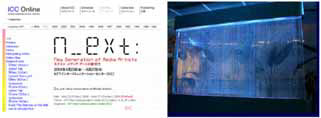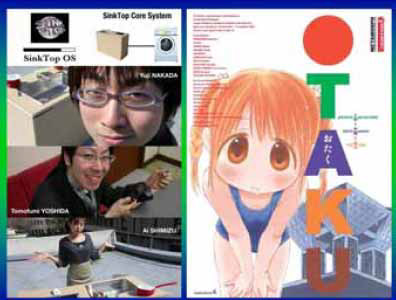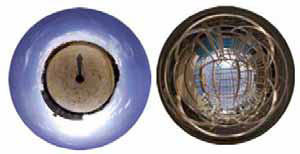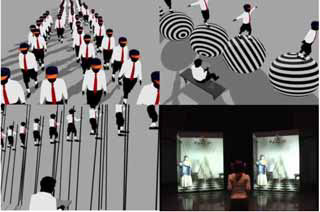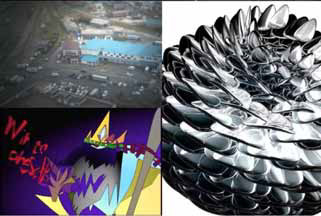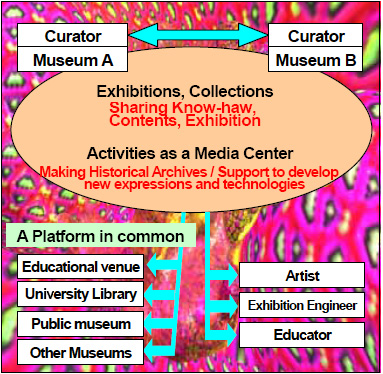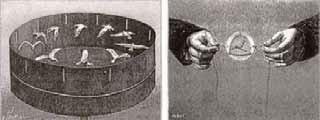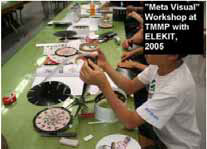“Next Generation of digital art – current situation and student works in Japan” by Moriyama
Conference:
Type(s):
Title:
- Next Generation of digital art – current situation and student works in Japan
Presenter(s)/Author(s):
Abstract:
Japanese Digital Art has been highly evaluated from its beginning in the 1960s. The members of CTG(Computer Technique Group) who participated in the exhibition entitled “Cybernetic Serendipity” held at ICA, London in 1968, were students at the University of Tokyo and Tama Art University at the time. Specialized in designing, they presented their original XY-plotters and performed “happenings” at Tokyo Garou (Tokyo Art Gallery) where they would later be discovered by a curator Jasia Reichardt while her research in Japan.
In the 1970s, Yoichiro Kawaguchi, Omura Koichi and other young members gathered under Eiichi Izuhara at Osaka University to engage in the leading activities, bringing on the present prosperity of this field. In the 1980s, University of Tsukuba, and other universities included digital art/media art in their curricula. The outcome was not limited to digital images and animations and there were spatial installations, of which most notable examples were by media installation OPTICA. Toshio Iwai was among the artists who started their professional carrier when they were still students. They belong to the first students who studied FORTRAN and BASIC and other programming languages as compulsory subjects in the 1980s. When they started to teach in the 90s, their students in art course were not required to study those programming languages any more. On contrary, due to the spread of personal computers, art students now study the skills to use applications software.
Now that Media Art has been taken into junior-high and high school art classes, expressions of digital art, including computer graphics, are in the ascendant to show the broader diversity than ever. Japanese art works once were often evaluated and attracted people by their introspective character symbolized by “ZEN,” “WABI” and “SABI.” However, those conventional criteria seem invalid when considering the global attention to some of the works by contemporary Japanese media/digital artists.
And if the education is responsible for this shift, to what extent the Media Art education in the compulsory course will affect the future of the Japanese art? In the following chapter, I would like to report on the situations of education and support system for Media Art in Japan and consider the future of upcoming talents.

